Looking for the perfect chili recipe? This comprehensive guide provides everything you need to make delicious chili at home, including a detailed ingredient list, step-by-step instructions, and expert tips for flavor and consistency. Whether you're a beginner or an experienced cook, you'll find valuable information to create the perfect bowl of chili.
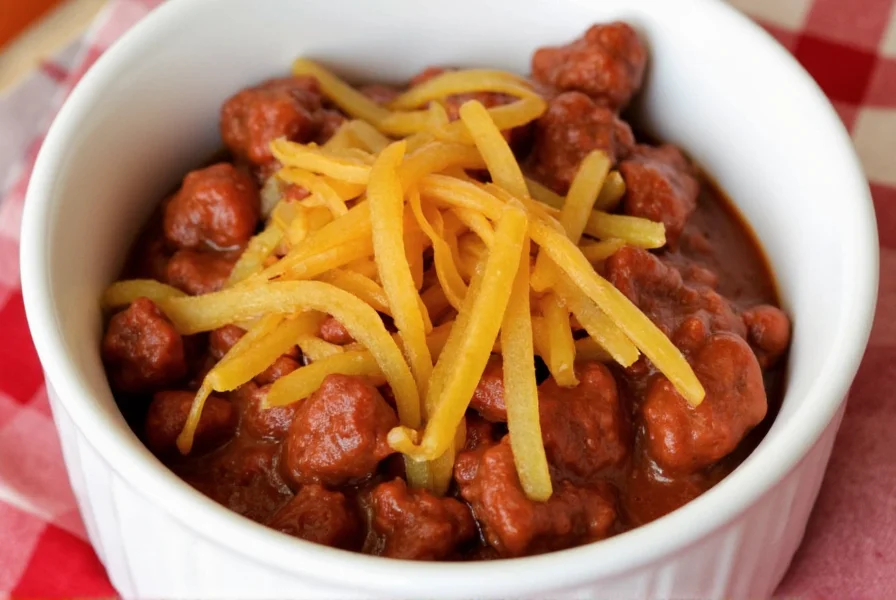
Ingredients for Perfect Chili
Here's a complete ingredient list for a classic chili recipe that serves 4-6 people:
- 1 lb ground beef (or turkey, chicken, or plant-based alternative)
- 1 medium onion, finely diced
- 2 cloves garlic, minced
- 1 can (15 oz) kidney beans, drained and rinsed
- 1 can (15 oz) diced tomatoes
- 2 tbsp chili powder (for authentic flavor)
- 1 tsp ground cumin
- 1 tsp smoked paprika
- 1/2 tsp dried oregano
- 1 tsp salt
- 1/2 tsp black pepper
- 1 cup beef broth (for moisture and depth)
- Optional: 1 jalapeño, seeded and diced (for extra heat)
Step-by-Step Cooking Instructions
- Sear the meat: Brown the ground meat in a large pot over medium heat. Drain excess fat for better texture.
- Toast the spices: Add onions and garlic, then cook until softened. Add chili powder, cumin, paprika, and oregano. Toast for 1-2 minutes to unlock full flavor.
- Build layers: Add tomatoes, beans, broth, and optional jalapeño. Bring to a gentle simmer.
- Simmer slowly: Cover and cook on low heat for 1-2 hours, stirring occasionally. For deeper flavor, simmer uncovered for the last 30 minutes to thicken.
- Finish with acidity: Stir in 1 tbsp apple cider vinegar or lime juice just before serving to brighten flavors.
| Type of Chili | Heat Level (SHU) | Flavor Profile | Best For |
|---|---|---|---|
| Ancho | 1,000–2,000 | Smoky, sweet, raisin-like | Mild to medium heat lovers |
| Guajillo | 2,500–5,000 | Tangy, berry-like with a bit of bite | Classic red chili blends |
| Cascabel | 1,000–3,000 | Nutty, earthy with a slight smokiness | Rubbed into meats or blended into sauces |
| Pasilla | 2,500–4,000 | Herbaceous, dark fruit notes | Deep, complex sauces and moles |
| Hatch Green Chile | Varies (mild to hot) | Grassy, crisp, slightly spicy | Fresh roasts, salsas, and stews |
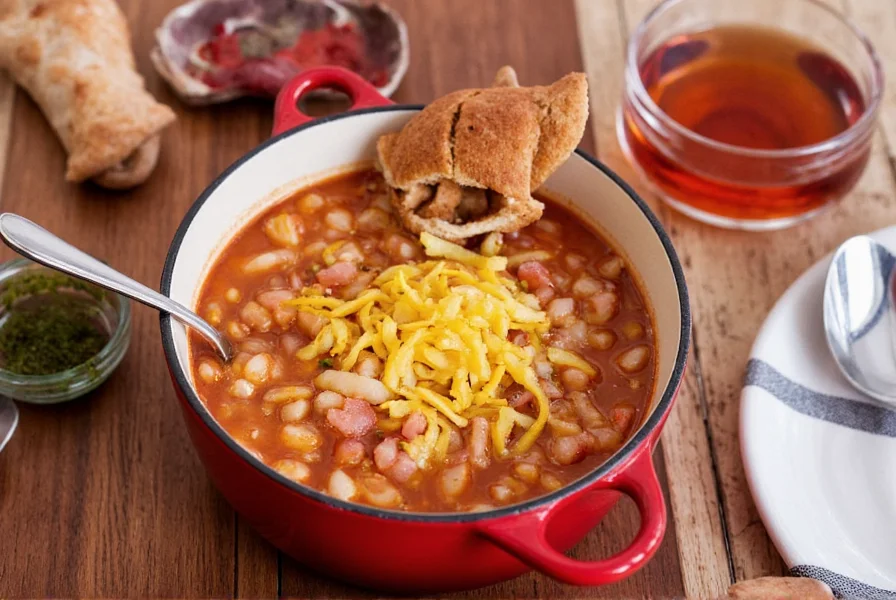
Secret Techniques for Perfect Consistency
- Use a mix of whole and crushed tomatoes: Whole tomatoes add body, while crushed tomatoes provide smooth texture.
- Ditch the lid occasionally: Simmer uncovered for 15-20 minutes to reduce excess moisture and thicken naturally.
- Add masa or cornmeal: Mix 1 tbsp masa harina with water to create a slurry, then stir into chili for a nutty backbone and thicker consistency.
- Stir in tomato paste: Add 1-2 tbsp tomato paste during the sautéing stage for intensified umami and richer color.
- Rest overnight: Refrigerate chili overnight. The flavors develop significantly, resulting in deeper, more complex taste.
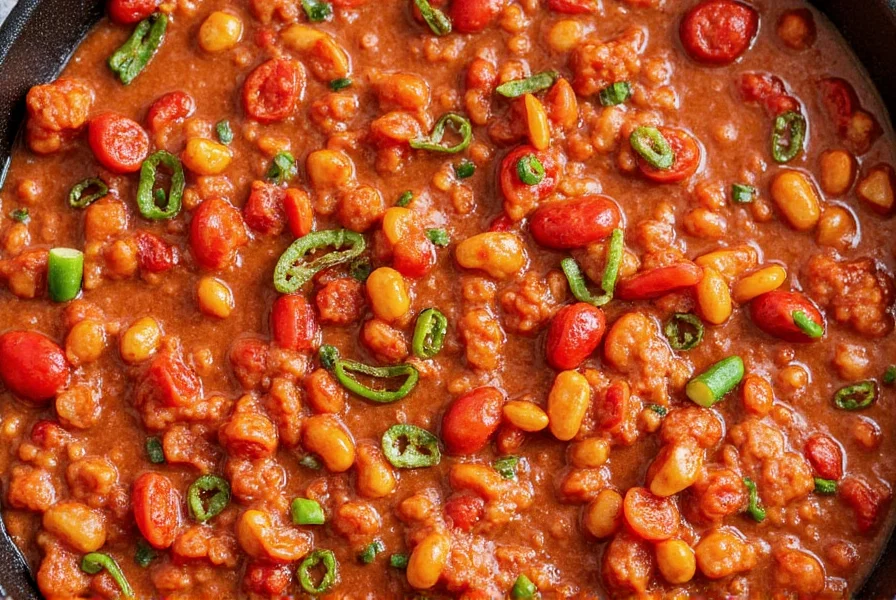
| Product | Description | Features | Best For | Occasion |
|---|---|---|---|---|
| McCormick Gourmet Chili Seasoning | Well-balanced, restaurant-quality flavor blend | No artificial additives, easy to use | Beginners and weeknight cooks | Everyday family meals |
| Boulder Canyon Organic Chili Powder | Organic, non-GMO certified blend | Smoky undertones, clean ingredient list | Health-conscious home chefs | Meal prep and healthy living |
| Cast Iron Dutch Oven | Durable, evenly heated cookware | Excellent heat retention, long-lasting | Slow-cooked chili enthusiasts | Weekend comfort cooking |
| Immersion Blender | Handheld blender for blending directly in the pot | Quick, no-mess solution | Texture customization | Batch cooking and meal prep |
| Dried Chile Bundle (Ancho, Guajillo, Pasilla) | Versatile trio for homemade spice blends | Authentic flavor, customizable heat | Advanced chili makers | Special occasions and parties |
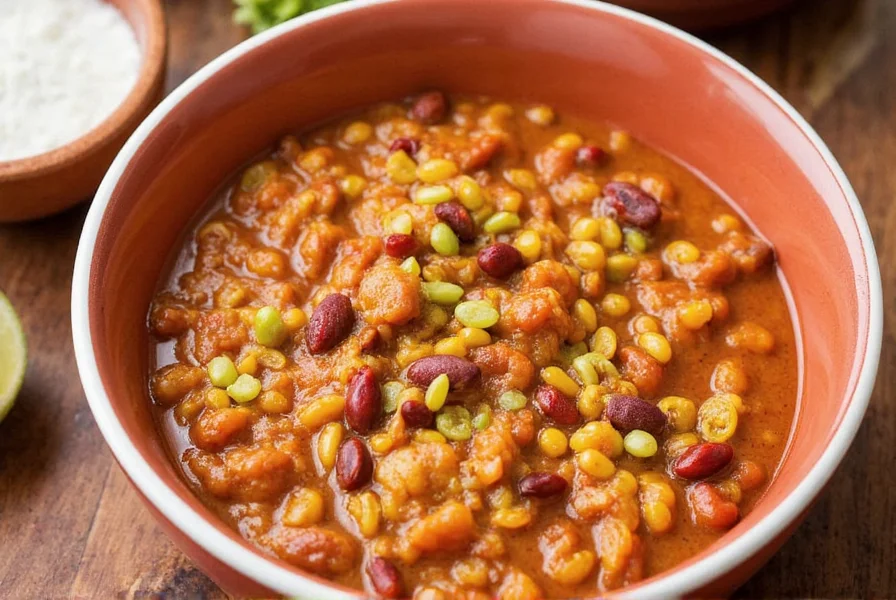
Frequently Asked Questions About Chili Recipes
- Can I make chili without beans?
Yes! Texas-style chili focuses purely on meat and spices without beans. - Is chili better the next day?
Absolutely. Flavors meld together as it sits, resulting in deeper, more complex tasting. - How do I store leftover chili?
Cool completely and store in airtight containers in the fridge for up to 5 days or freeze for up to 3 months. - Can I use fresh chilies instead of dried?
Of course! Hatch green chilies or jalapeños work well for a fresher, grassy flavor. - What makes a chili "spicy"?
The capsaicin content in chilies determines the heat. Remove seeds and membranes to lower the spiciness. - How long should I cook chili for optimal flavor?
For the best results, simmer chili for at least 1-2 hours on low heat. This allows flavors to fully develop and blend. Some traditional recipes simmer for 3-4 hours for maximum depth. - Can I make chili in a slow cooker or Instant Pot?
Absolutely! For slow cookers, brown meat first, then cook on low for 6-8 hours. For Instant Pots, use the sauté function to brown ingredients, then pressure cook for 20-25 minutes followed by a natural release. - What are some creative topping ideas for chili?
Try toppings like avocado slices, pickled red onions, crumbled tortilla chips, cotija cheese, cilantro, sour cream, or even a fried egg for a hearty breakfast chili.
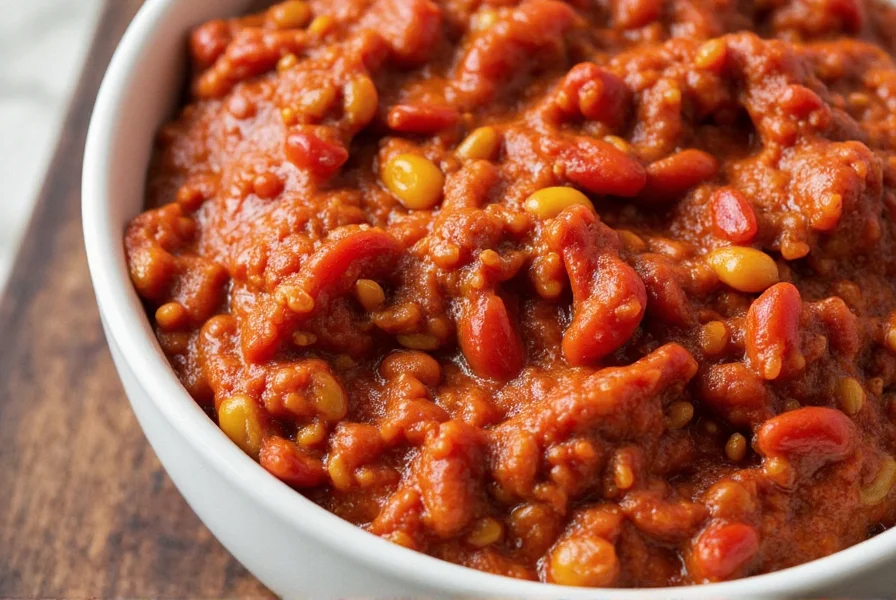
Why These Techniques Work: Science Behind Perfect Chili
Understanding the science behind chili preparation helps you master the dish. The Maillard reaction during meat browning creates complex flavors, while slow simmering allows proteins to break down and flavors to integrate. Adding acid at the end balances richness and brightens the overall taste profile. According to the American Culinary Federation, proper spice toasting unlocks 30% more flavor compounds than adding spices directly to liquid.
For those interested in deeper culinary knowledge, the USDA Food Safety and Inspection Service recommends cooking chili to an internal temperature of 165°F (74°C) to ensure food safety. Always use a food thermometer when cooking meat-based dishes.
Final Thoughts: Your Journey to Chili Greatness Starts Now
You now have all the tools, tips, and scientific insights to create show-stopping chili recipes that impress everyone from picky eaters to fiery food fanatics. Whether you stick with the classics or go wild with new combinations, remember that the best chili is the one that brings joy to your table.
So grab your favorite pot, dust off those spices, and get ready to fall in love with chili all over again.
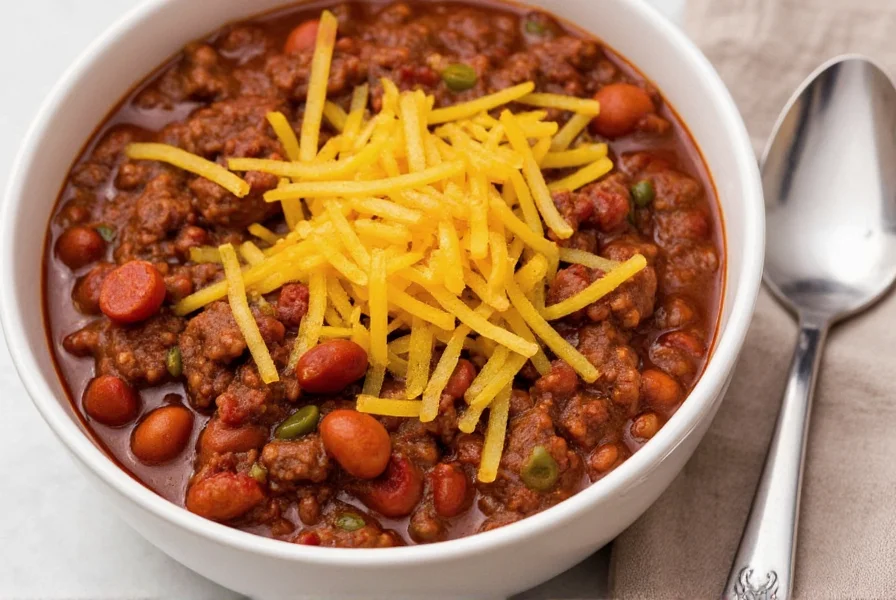

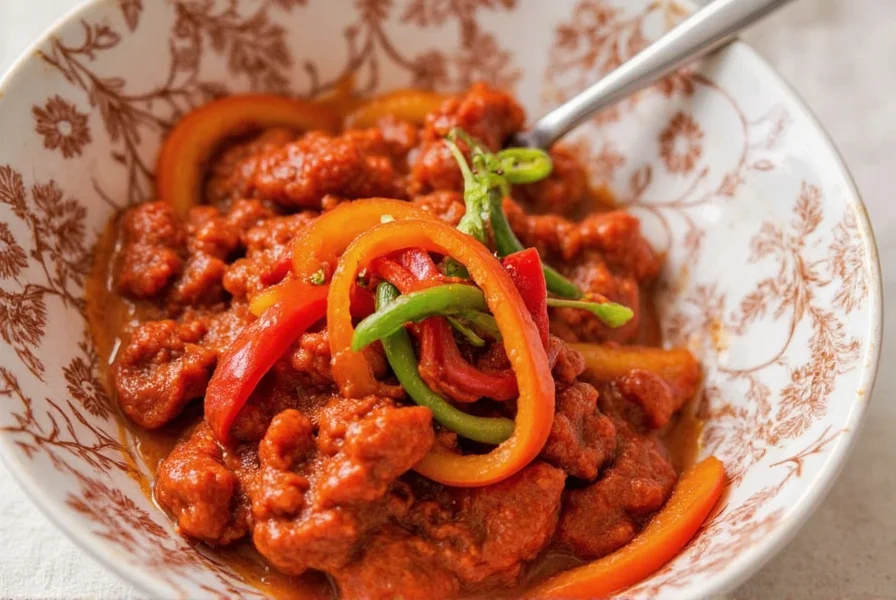









 浙公网安备
33010002000092号
浙公网安备
33010002000092号 浙B2-20120091-4
浙B2-20120091-4